Custom Home Building 101
What Realtors Must Know About Working with Custom Home Builders
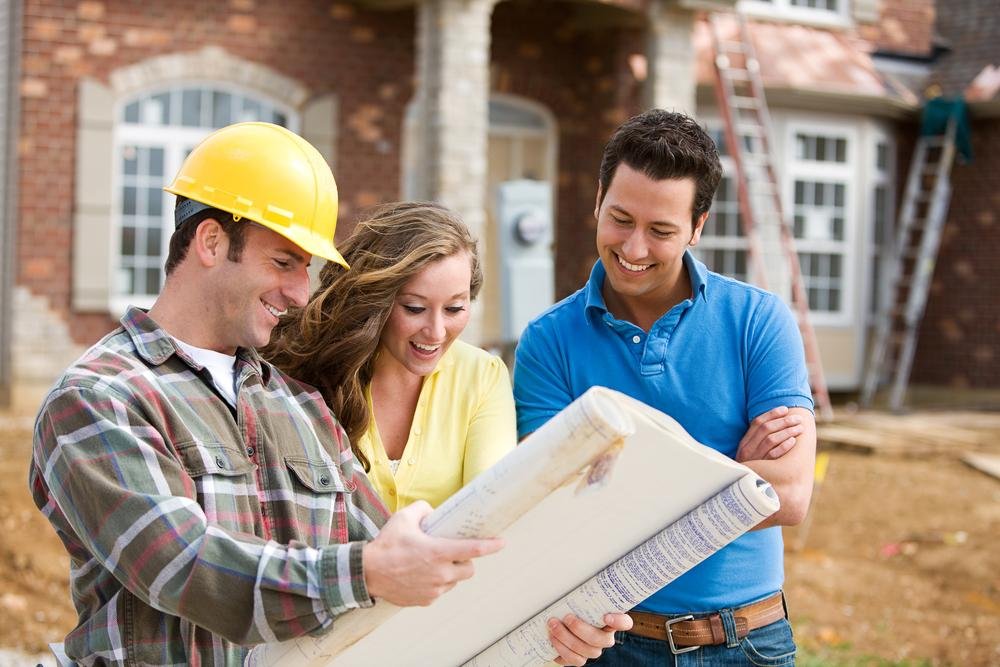
The Realtor's Role & Responsibilities
- Through Discovery/Buyer Consultation Determine Client's Budget and Type of New Home (Custom, Semi-Custom, Production)
- Assist in Locating Community or Home Site; OTP on Lot; Due Diligence on Lot; Financing if needed for lot and home

- Recommend/Refer Appropriate Builder(s) and/or Architect(s)
- Guide Client Through the Design and Proposal Process
- Represent Client in Execution of Building Agreement or Contract
- Act as Liaison between Builder and Client for communications if Builder doesn't have someone in place
- Manage Selection Process and Allowances if Builder doesn't have a Designer
- Coordinate Walk-thrus and Punch Lists
- Handle any concerns of the client during the building process
Custom
- Unique Design Features
- Specifications based on preferences and budget of client
- Choices are endless
- Higher Cost because of uniqueness,types of materials, and labor cost of more specialized subcontractors
Semi-Custom
- Some Design Features based on builder preferences
- Specifications solely set by Builder
- Limited Choices
- Moderate Cost because of limitations on materials and features available to customize
Production
- Fewer Design Features - designed for economy
- Many times no choices or maybe 1 or 2
- Low Cost due to limited choices and builder's use of economy materials
- Same design and features built over and over again add to efficiency and economy
What is Design/Build?
Most custom homes require that the home be designed before building. Some builders have their own Designers on staff and offer Design services. Some Builders even have their own plans that clients can modify and customize to have a starting point. Some builders will build plans that the client purchases online (stock plans).
Other builders work with an independent architect or build plans the buyer brings to them that have been designed by an architect.
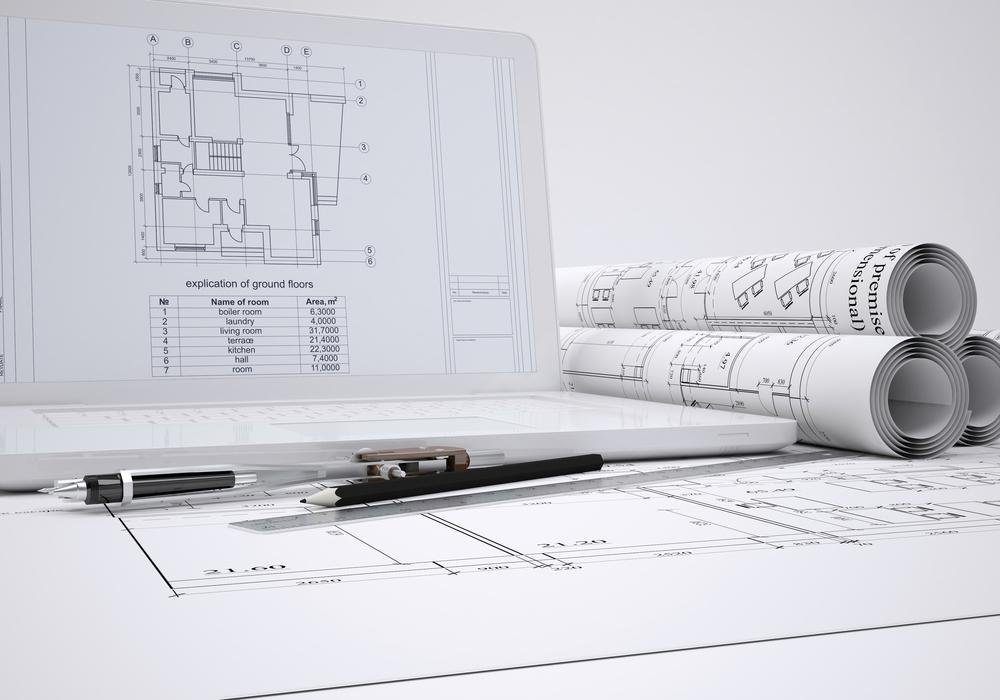
Working with Architects
Get information on the pricing before the architect begins; they should offer a consultation to explain how the process will work and how they will bill for their services
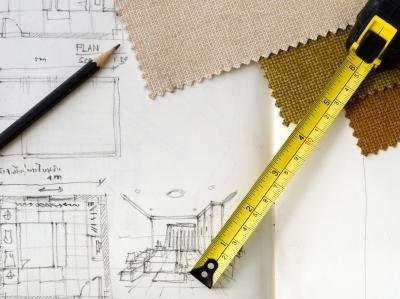
A complete custom home design will likely cost a minimum of $10,000. Make sure your client knows this upfront. The time to design the home can also take a couple of months or more depending on the complexity of the design and the number of revisions needed. Also be aware that some Designers are not Architects and plans need to be complete working drawings and will need to be engineered before they can be built. A builder cannot build from concept drawings or may not even be able to quote a price accurately.
All About Dirt!
- Know the Community and Restrictions - Get a copy of the Architectural Guidelines
- Get a Topographical Survey if Possible - setbacks, easements, landscape buffers, waterfront buffers, protected wetlands
- Look at the topography - slopes mean basements; gullies mean fill dirt; trees need clearing; all lots need to be graded
- Where will the driveway and garage go? Cul-de-sacs may mean courtyard driveways and garages
- Utilities - Well, community water, public hook-up; Septic or Sewer hook up; propane or natural gas; electric, cable, internet
- Get the Builder involved Early - Will he/she do a drawing with the footprint of the house (Lot Fit)? Estimate of Site Fees?
- Provide adequate Due Diligence Time
Just the Basics
Specifications & Pricing
- Compare Apples to Apples
- It's all in the Details
- How will the House be Built?
- With What Materials?
- At What Price?
- Price per SF - how relevant?
- Allowances - Pros & Cons
- Finishes can be 25% of the Cost
- Who will help your client stay within their budget?
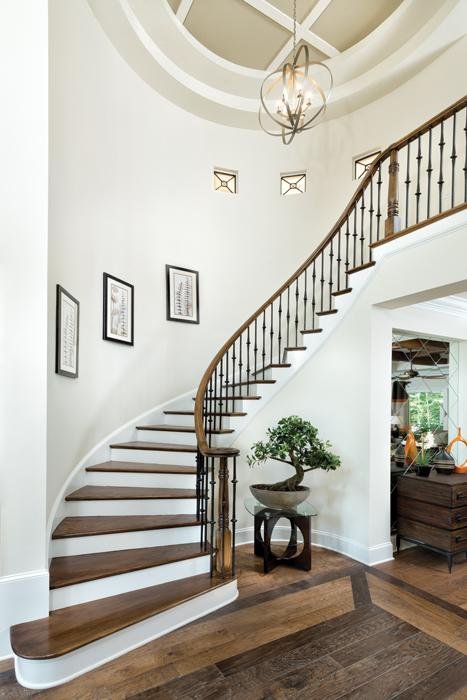
Pros
- Easier for the Builder to Price
- Less Risk for the Builder
- Can get a quick price quote
Cons
- Without Allowances a Builder Must Price All Line Items; Takes more time to do a Price Quote
- The Buyer is Responsible for Keeping Selections within Budget
- Difficult to Know Your Final Price for the Home before Contract
- Difficult to Compare builder to builder
The Pros & Cons of Allowances
The Construction Process
An Overview
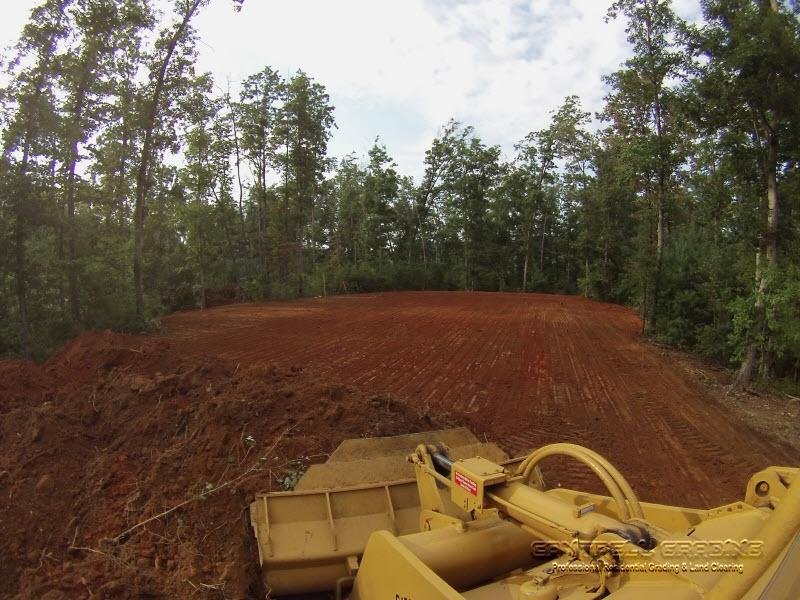
Site Preparation
Digging, Forming & Pouring the Foundation
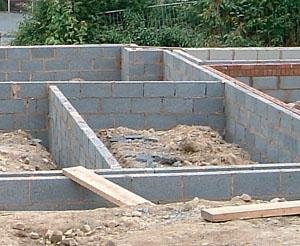

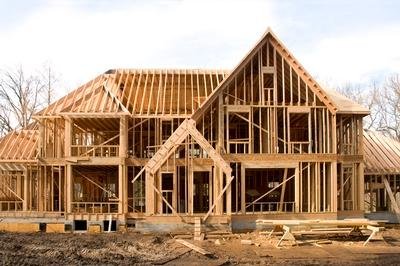
Rough Framing
Adding the Roof
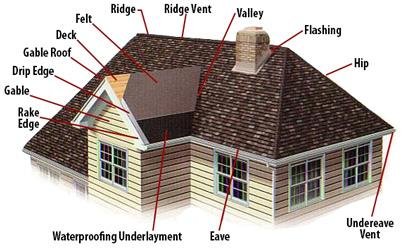
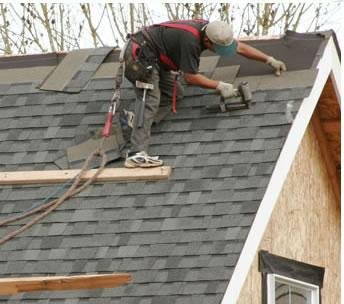
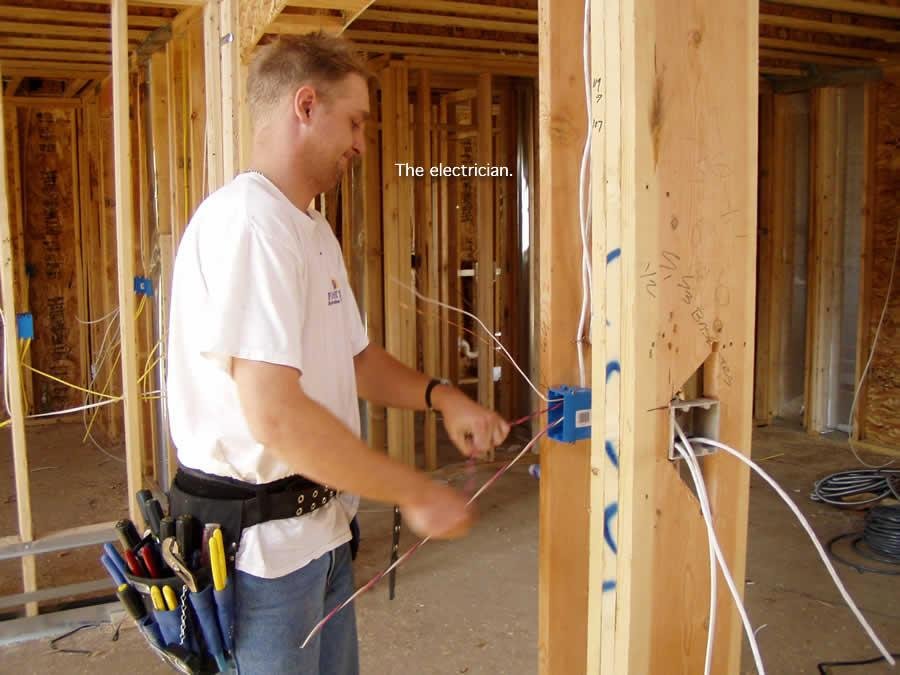
Rough Mechanicals - Plumbing, Electrical, HVAC

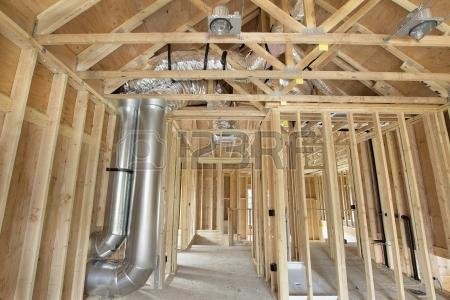
Insulation
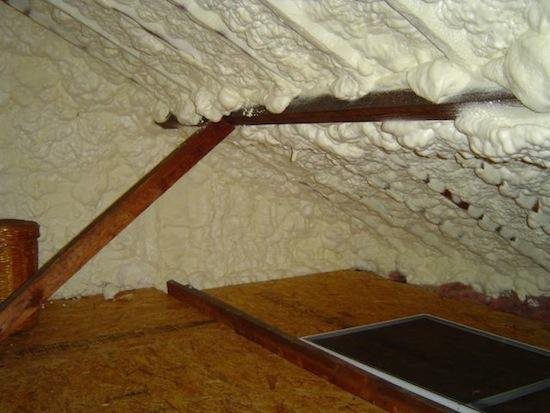
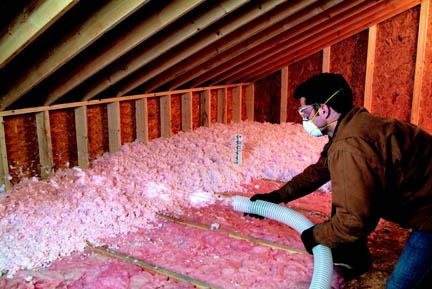
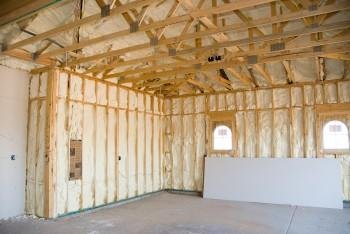
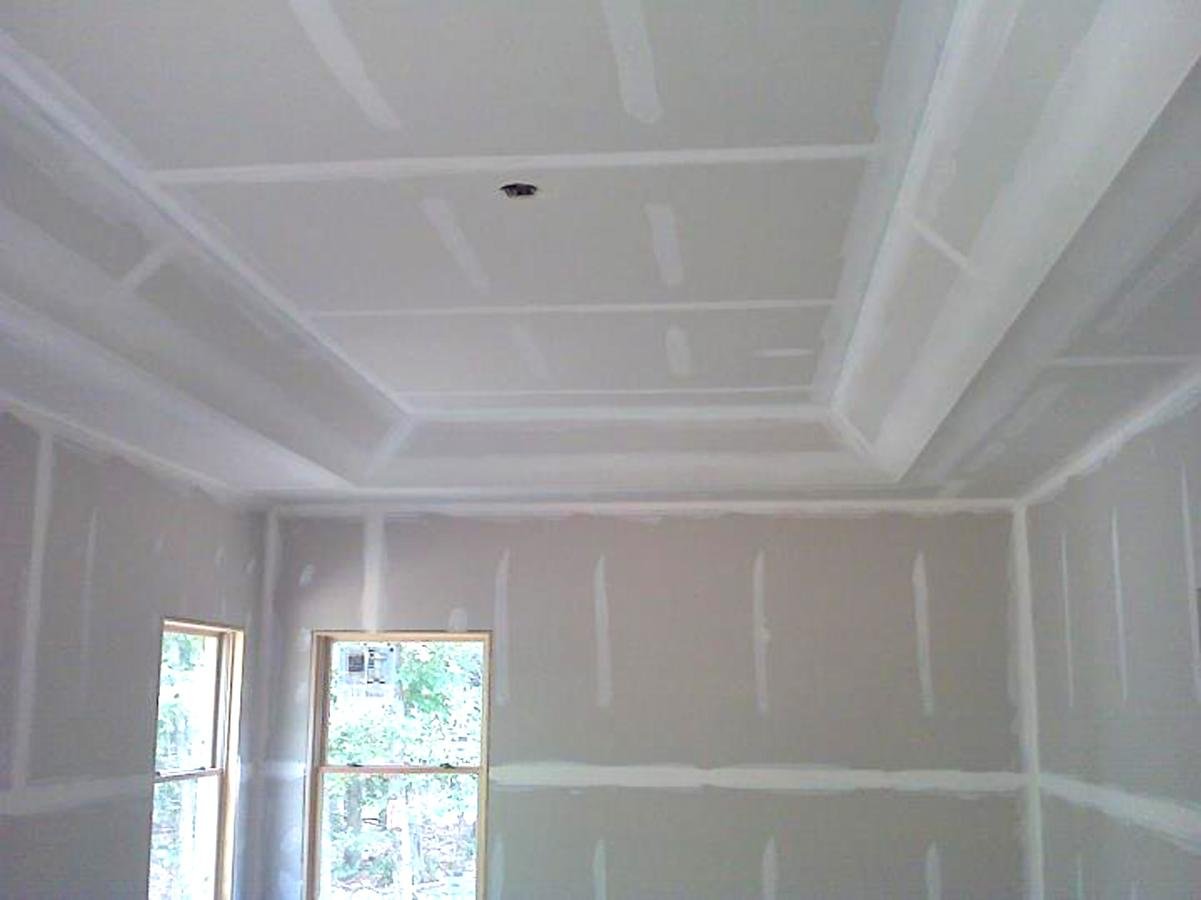
Drywall
Interior Finishes
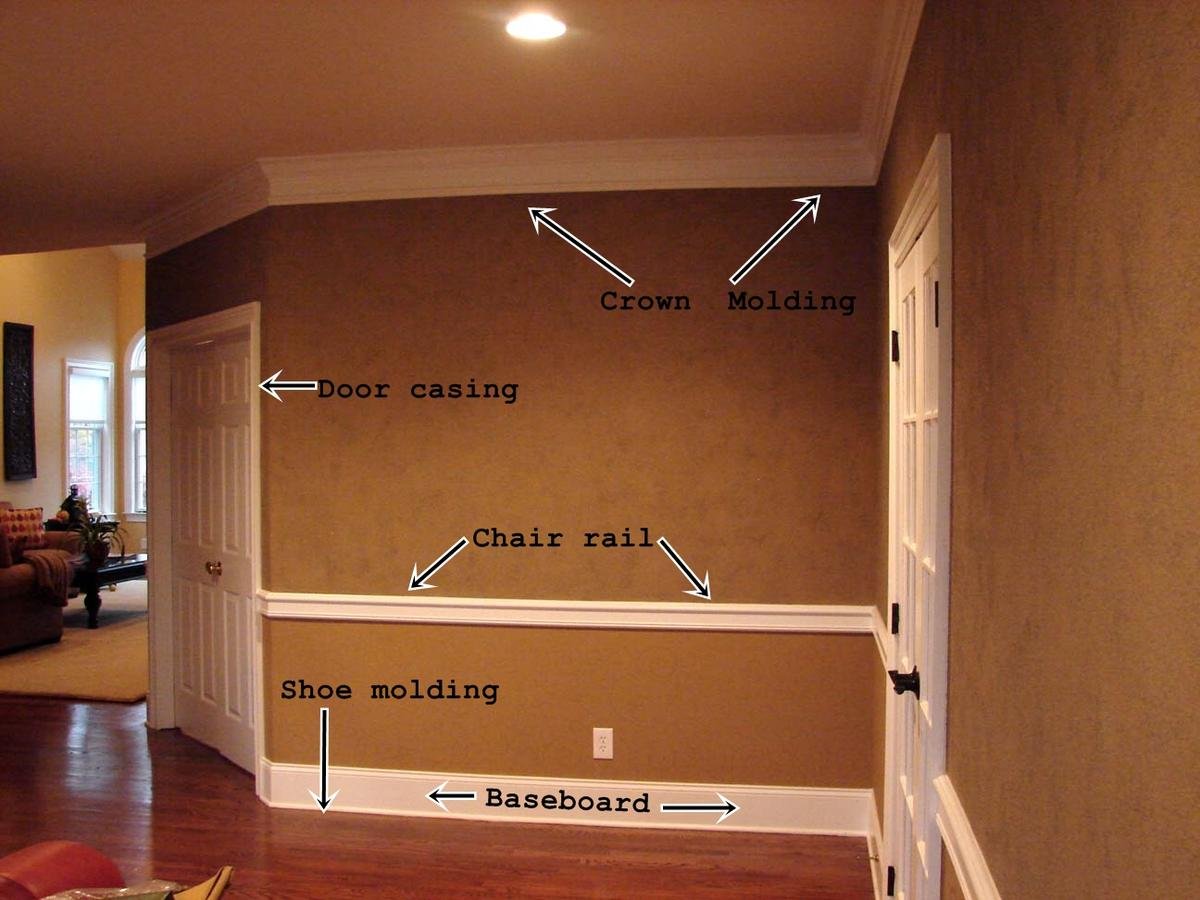
Trim, Cabinets, Stairs, & Painting


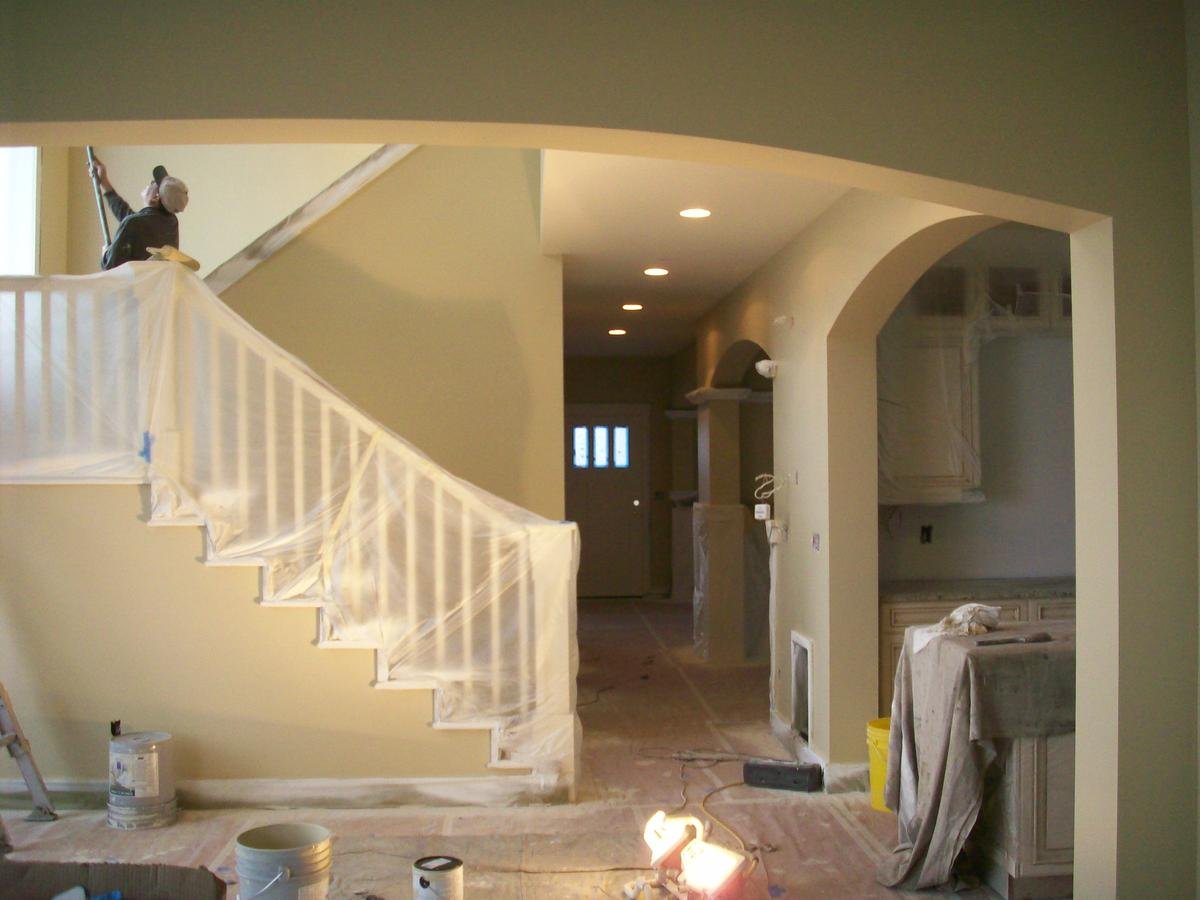
Exterior Finishes
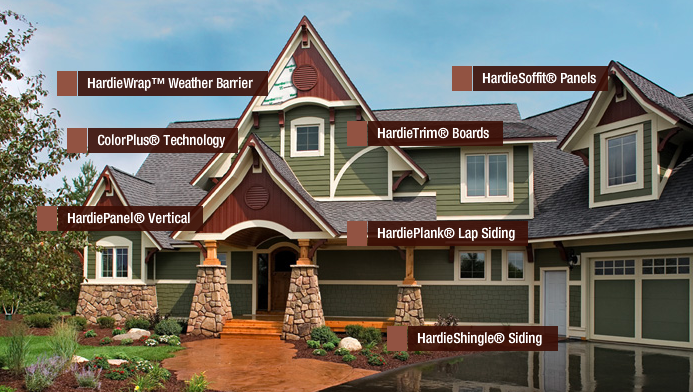
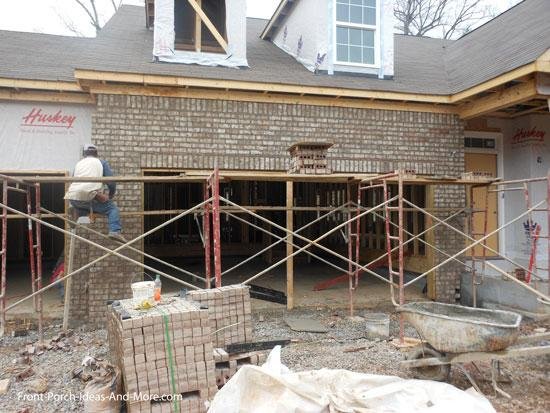
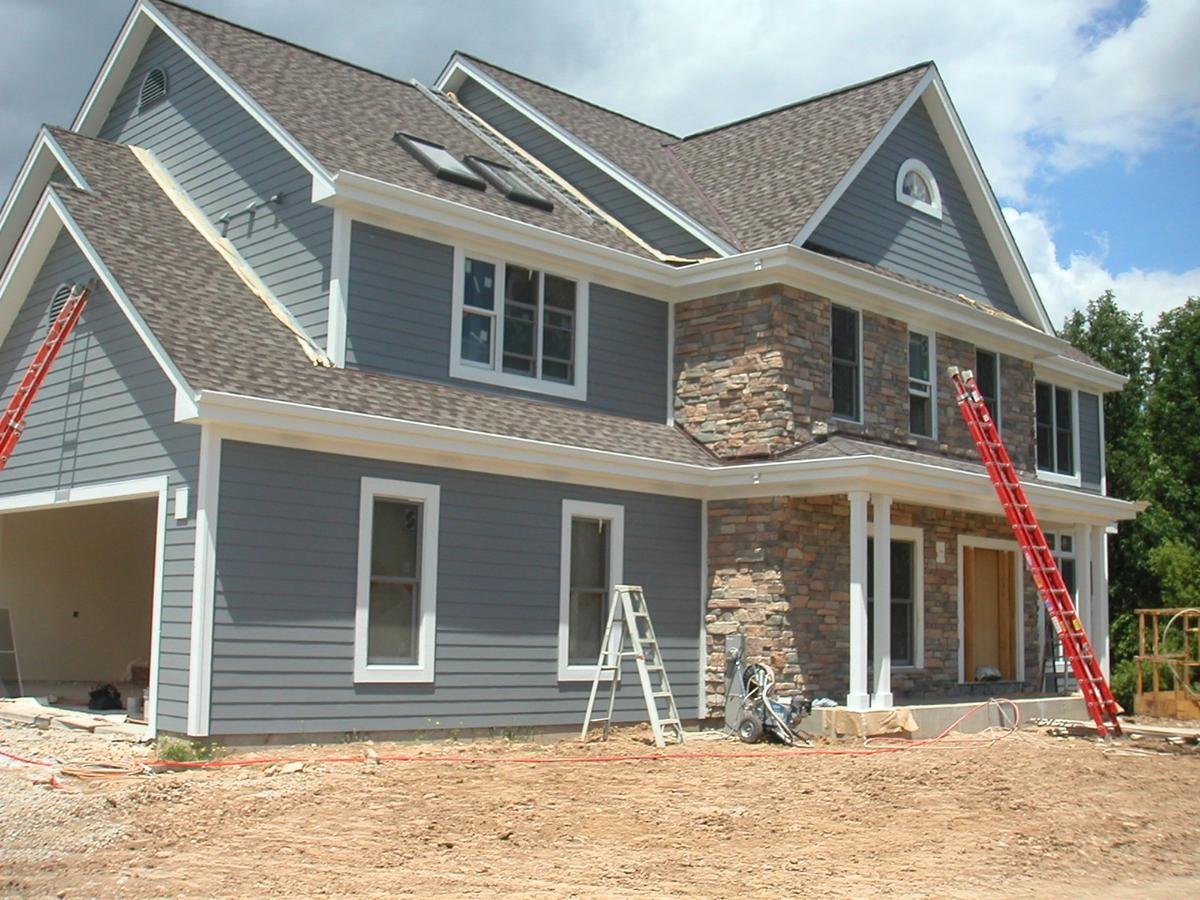
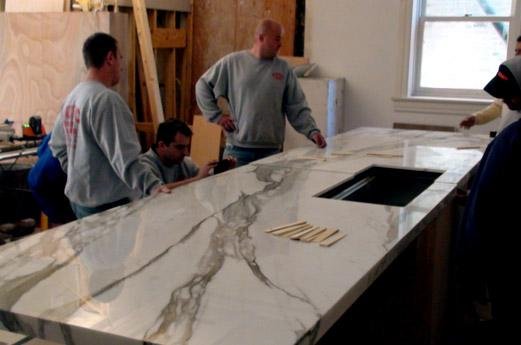
Hard Surface Flooring & Countertops
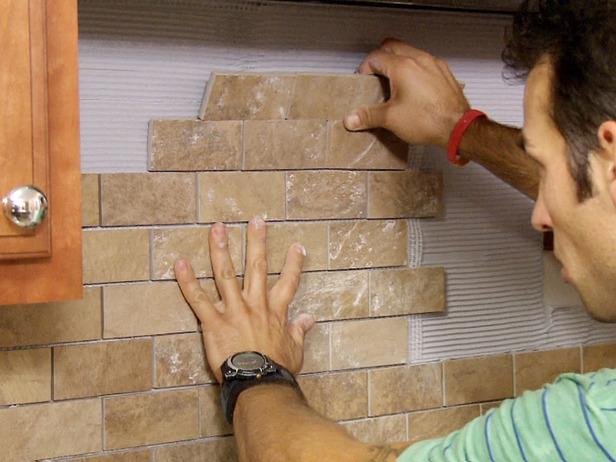
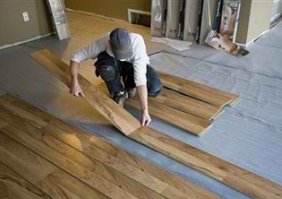

Final Grading and Concrete

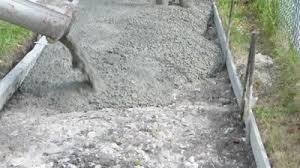
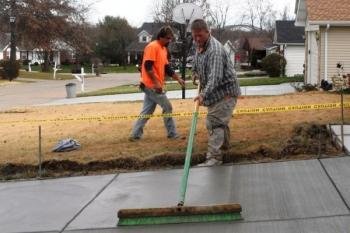

Mechanical Trims and
Fixture Installation


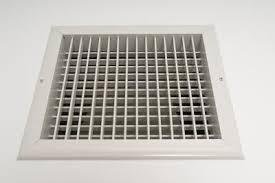
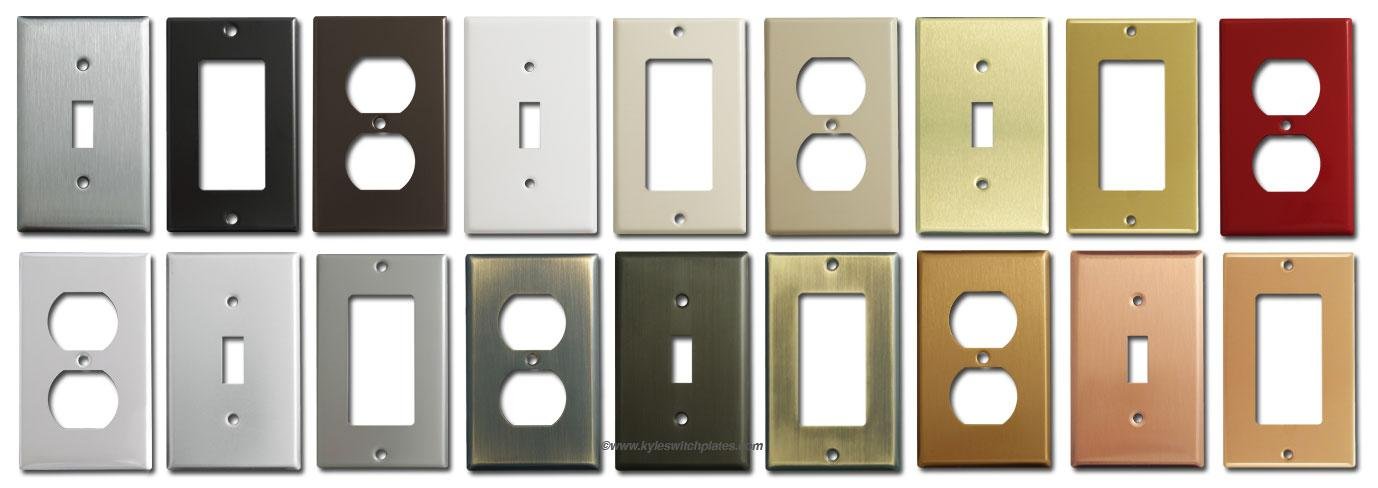
Install Mirrors, Shower Doors & Closet Shelving
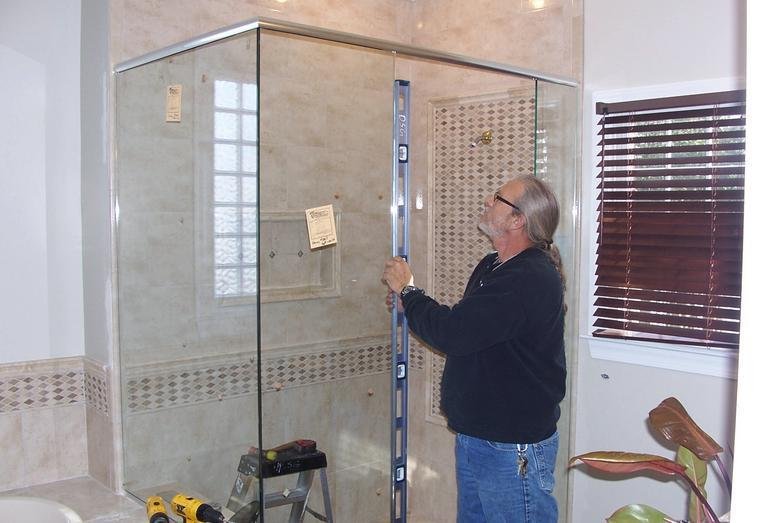

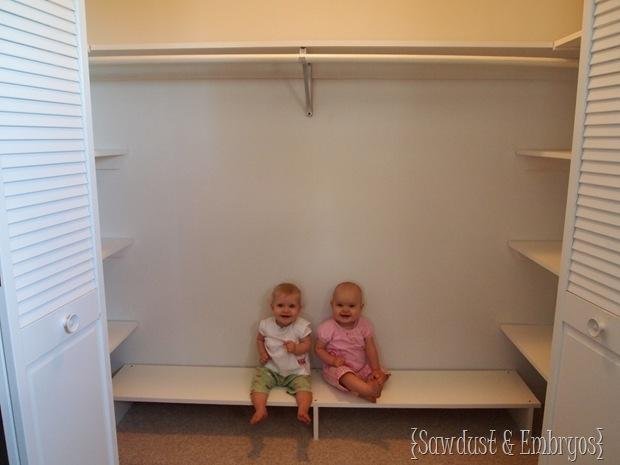
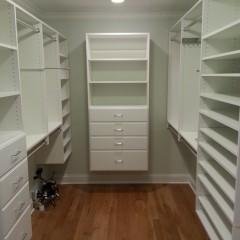
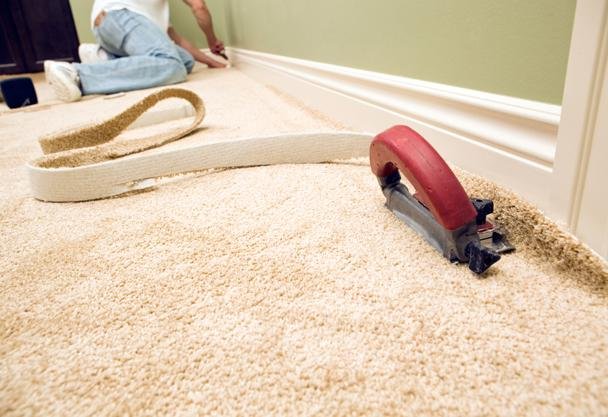
Install Carpet and Cleaning
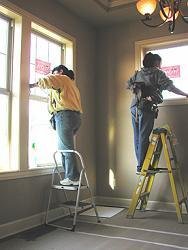

Landscaping & Outdoor Living

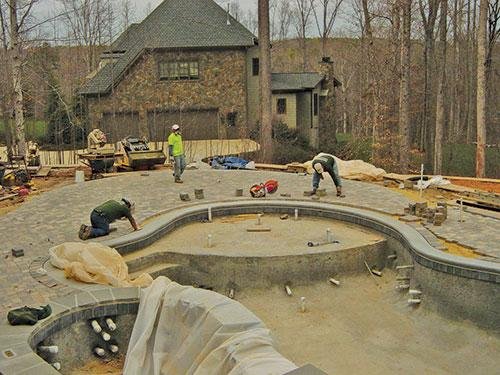
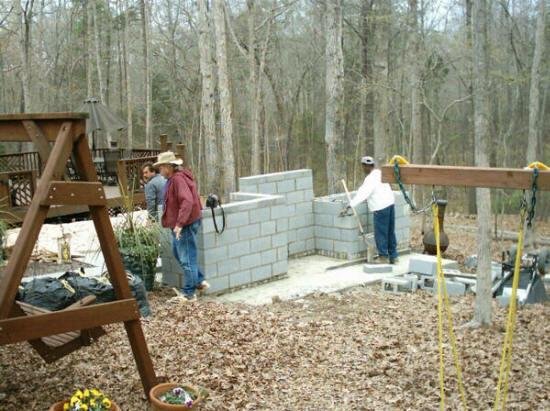
The Final Walk-Thru
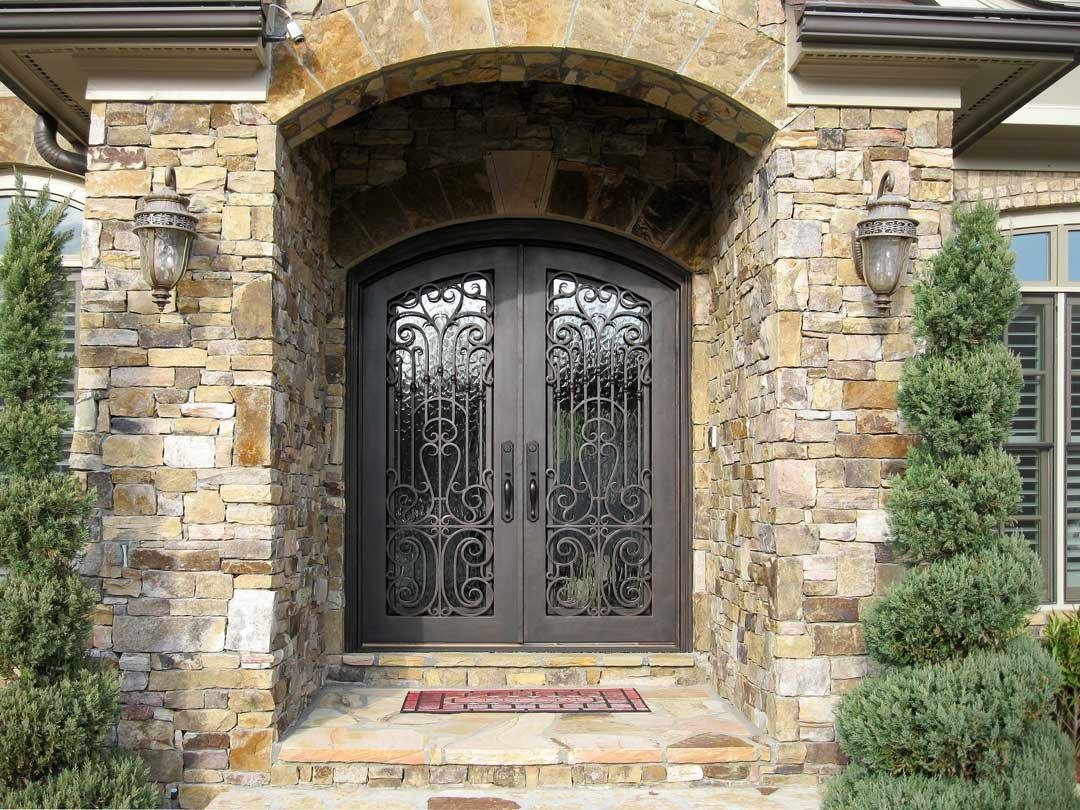
Construction Financing Basics
What's Hot
- Larger Open Kitchens with Large Islands; Walk-in Pantries
- Painted Cabinets
- Den/Study/Office
- Great Rooms
- Flex and multi-functional spaces
- Large Laundry/Utility Rooms
- Homes are getting bigger again
- Simple, clean contemporary decor
- Spa-like Master Baths/large showers
- White and Chrome in baths
- Natural and eco-friendly materials
- Outdoor Living
- Energy Efficiency; LED Lights
- Gray in everything
What's Not
- 2 Story Great Rooms
- Separate Kitchens
- Common Granite
- Formal Dining Rooms
- Living Rooms
- Master Tubs; if chosen - Free Standing
- Huge Master Bedrooms
- Oil Rubbed Bronze (depending on style)
- Light Oak Hardwood
- Heavy, Ornate Fixtures
- Heavy moldings and trim
- CFL & Incandescent Lighting
New Home Design Trends
Good sources are NAHB, Builder Magazine, Houzz, and Pinterest
Local Market Stats
for New Homes

Custom Home Building 101
By Kim Blanton
Custom Home Building 101
A Realtor's Guide to the Custom Home Building Process
- 1,053
